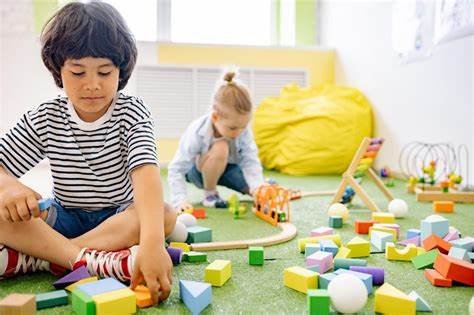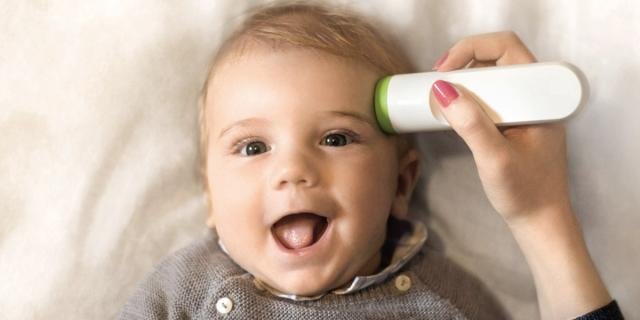Creativity is a vital skill that begins developing early in life. Sensory play—activities that engage a child’s senses such as touch, sight, hearing, smell, and taste—plays a crucial role in fostering this creativity in babies and toddlers. It not only stimulates their imagination but also supports cognitive, social, and emotional growth.
Here’s a closer look at how sensory play fosters creativity and practical ideas to incorporate it into your child’s daily routine.
The Connection Between Sensory Play and Creativity
Sensory play allows young children to explore and experiment, laying the foundation for creative thinking. Here’s how it works:
- Encourages Open-Ended Exploration: Sensory play often involves materials like sand, water, or dough, which have no fixed use. This freedom inspires toddlers to imagine and create their own games.
- Stimulates the Imagination: Engaging with different textures, colors, and sounds helps children think abstractly and develop unique ideas.
- Supports Problem-Solving: Activities like building with blocks or pouring water into containers encourage children to experiment and find solutions.
Benefits of Sensory Play for Creativity
- Boosts Cognitive Skills
Sensory activities require children to focus, categorize, and make connections, all of which are critical for creative thinking. - Enhances Language Development
As babies and toddlers describe what they feel, see, and hear, they build vocabulary and storytelling skills, key components of creativity. - Promotes Emotional Expression
Sensory play provides a safe outlet for children to express feelings and explore emotions through art, music, or tactile activities. - Encourages Social Interaction
Group sensory activities teach sharing, turn-taking, and collaboration, sparking collective creativity.
Creative Sensory Play Activities for Babies and Toddlers
1. Texture Exploration Box
- Materials Needed: Fabric scraps, feathers, sponges, soft brushes, and crinkled paper.
- How to Play: Fill a box with various textured items and let your baby explore. Encourage them to describe how each item feels.

2. Edible Finger Painting
- Materials Needed: Yogurt or pudding with food coloring.
- How to Play: Spread the edible paint on a tray and let your toddler “paint” with their fingers. This encourages tactile exploration and artistic expression.
3. Water Play with Objects
- Materials Needed: Bowls of water, cups, sponges, and floating toys.
- How to Play: Allow children to pour, squeeze, and observe how different objects behave in water.
4. Sensory Sand Tray
- Materials Needed: Sand, small toys, shells, or beads.
- How to Play: Bury items in the sand and let your toddler dig them out. This encourages imaginative play and storytelling.
5. Musical Sensory Bottles
- Materials Needed: Empty plastic bottles, rice, beans, bells, or water with glitter.
- How to Play: Fill the bottles with various materials and let children shake them to explore different sounds.
Tips for Encouraging Creative Sensory Play
- Create a Dedicated Play Space
Set up a small, clutter-free area with sensory materials that are safe and age-appropriate. - Follow the Child’s Lead
Allow your child to guide the play rather than imposing rules or outcomes. - Rotate Toys and Materials
Regularly introducing new items keeps sensory play fresh and exciting. - Incorporate Nature
Outdoor sensory play with leaves, soil, or water fosters curiosity and connection to the environment. - Limit Screen Time
Encourage hands-on activities instead of passive digital play to boost creativity.
Overcoming Challenges in Sensory Play
- Mess: Use washable materials and play mats to minimize cleanup.
- Safety: Always supervise play, especially with small objects or edible materials.
- Engagement: If your child seems uninterested, simplify the activity or introduce a new sensory element.
The Long-Term Impact of Sensory Play on Creativity
Sensory play not only helps babies and toddlers in the moment but also sets the stage for lifelong creativity. As children grow, these early experiences help them approach challenges with curiosity and innovate in their own unique ways.
Conclusion
Sensory play is an incredible tool for fostering creativity in babies and toddlers. It provides endless opportunities for exploration, imagination, and skill-building while strengthening the bond between you and your child. By incorporating simple sensory activities in










